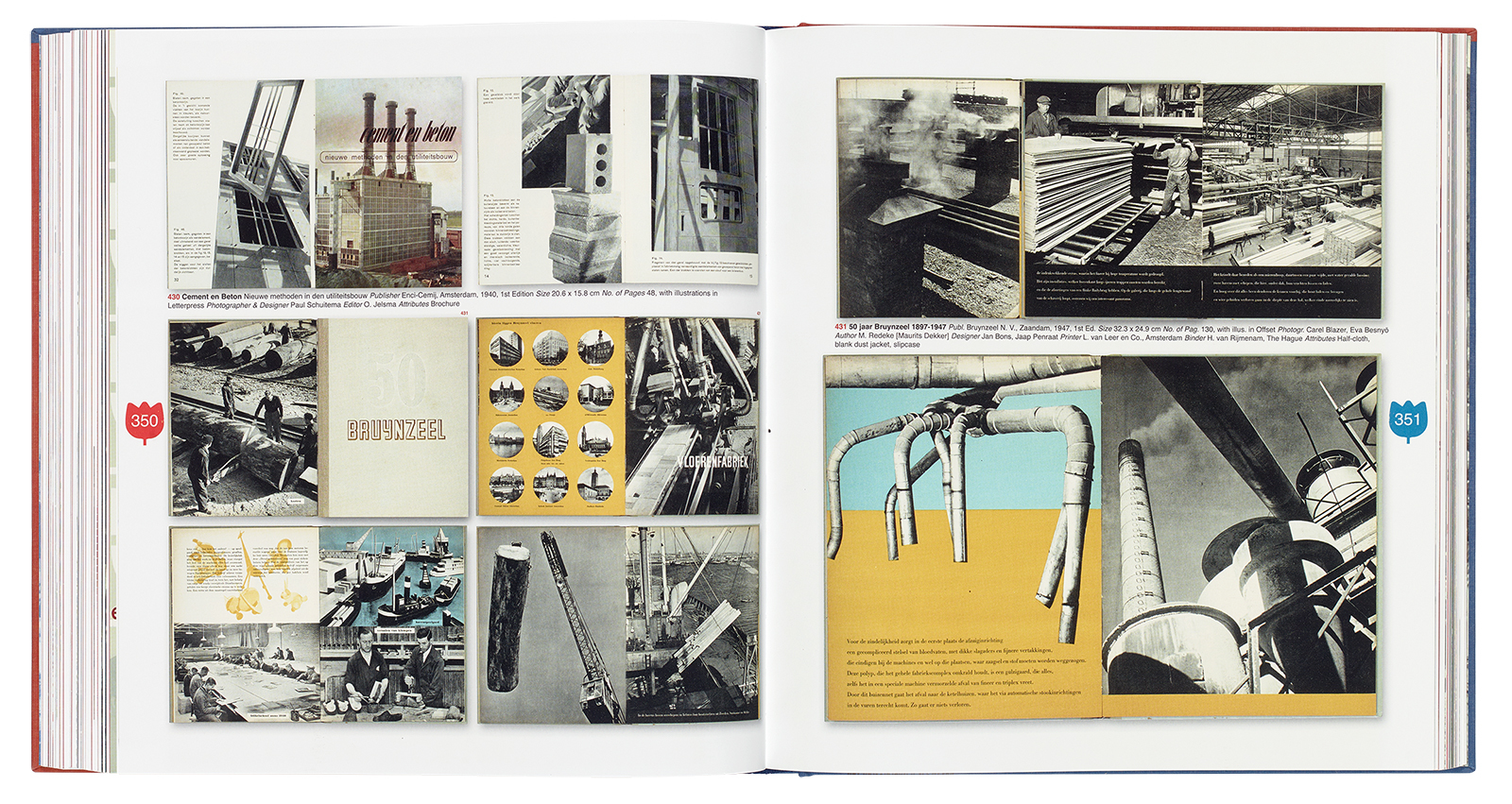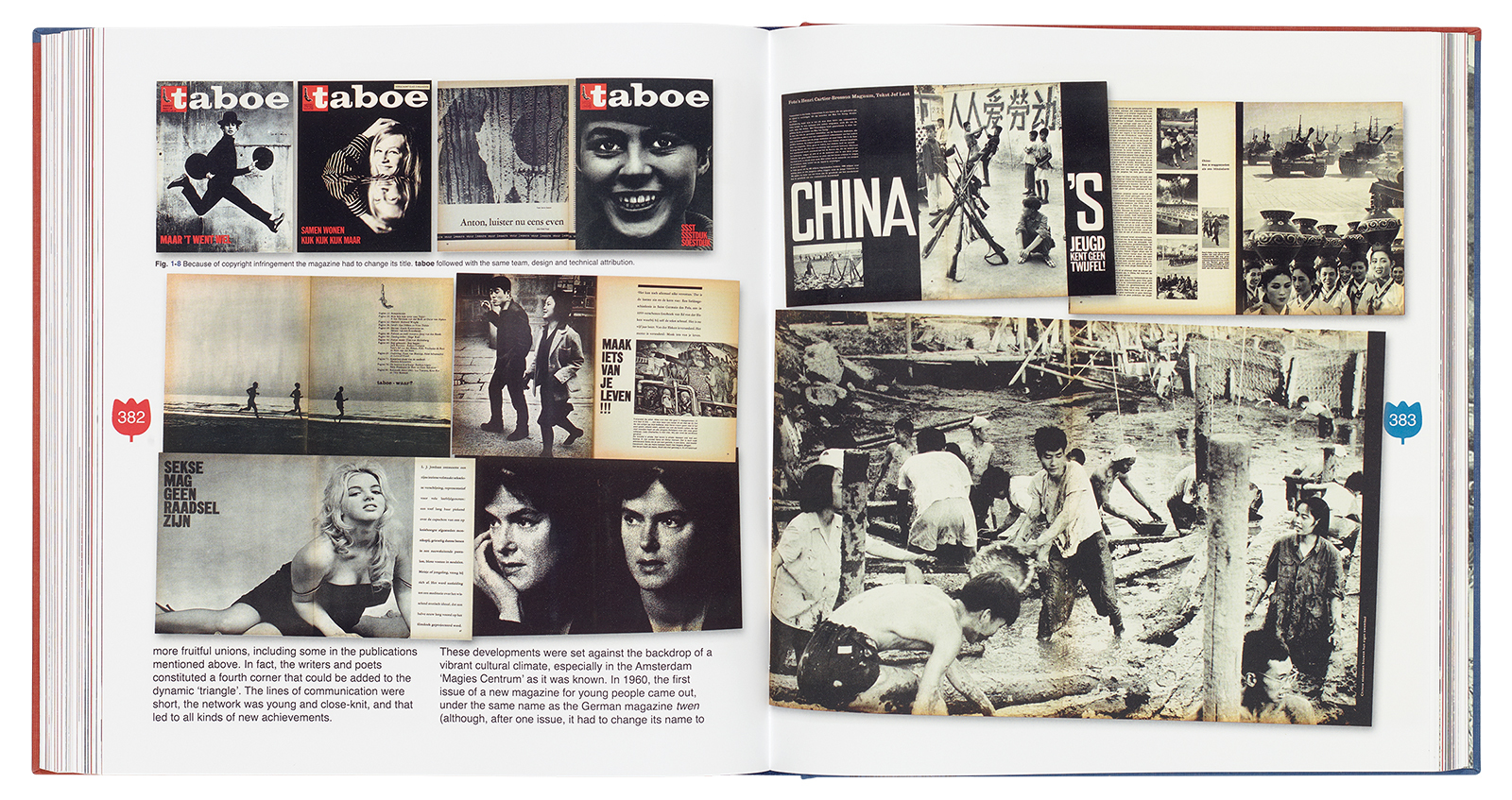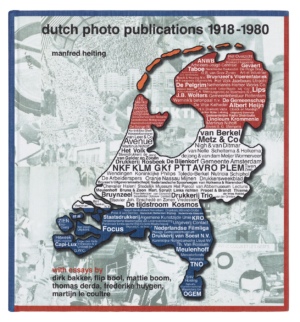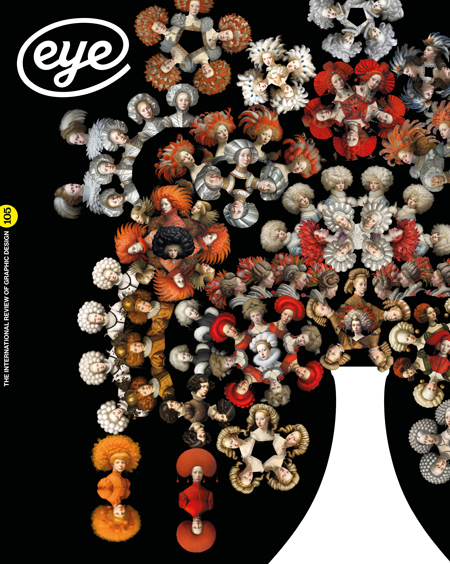Autumn 2023
Overloading the page
A big survey of Dutch photobooks raises issues about visual editing and layout. Critique by Rick Poynor

For anyone involved in publishing books and magazines about graphic design and photography, the question of layout is a pressing issue – never more so than when the subject matter is books or magazines. As a graphic design publication, Eye faces such a challenge all the time and this column, focused on Dutch Photo Publications 1918-1980 (Steidl) by Manfred Heiting, demonstrates it in microcosm.
The task is to convey a sense of what the publication is like using only a few images. In this case, that means chopping 270 spreads down to a mere four examples, plus the front cover. One could pick four of the book’s heavily illustrated layouts at random and its character would be obvious enough, but no competent picture editor would stop there. There is an inevitable pressure to select spreads that are particularly strong or dramatic – the smaller the selection, the more likely this becomes. The original spreads take their place as subordinate elements in another publication’s page design.
‘Company books’ from the 1960s designed by Dick Elffers, Mart Kempers and others.
Top. Photobooks designed by Paul Schuitema from the 1930s (left, spiral bound) and ca. 1950.

When several spreads are shown, other factors come into play. Examples may be selected because they embody particular features or qualities and form a pleasing contrast when seen out of context in a small group, or because the subject of the spread is especially significant. More subtly, the examples chosen can illustrate points that the writer has made in the text. This ought to be routine practice, since any good editorial designer will read the text attentively, but over the years (and outside of Eye magazine), I have encountered some surprisingly arbitrary visual choices in cases where the choice of pictures was entirely out of my control.
Heiting has total control of Dutch Photo Publications. The book’s concept is his and he did the design, layout and editing – credits supplied in a curious reverse order. He has published similarly gargantuan surveys of Soviet, Czech and Slovak, and Japanese photobooks with Steidl (see ‘Relentless riches’, Critique, Eye 95), each volume condensing a vast amount of visual material. Heiting has few rivals as a photobook researcher and promoter of the cause of the international photobook. He explains that the change of term from ‘photobook’ to ‘photo publications’ reflects the unusual teamwork of Dutch photographic publications, where writers, designers and even publishers played a crucial creative role alongside photographers.
Spreads from 50 jaar Bruynzeel designed by Jan Bons, 1947, with two spreads from Schuitema’s 1940 Cement en Beton in the top left corner.

Heiting’s idiosyncrasies as a designer are fully on display here. Oversized page numbers repose on corny red and blue tulips. In his rambling, self-indulgent intro, every key name is emphasised in bold, rendering an under-leaded sans serif with a large x-height even tougher to read. Whenever Heiting feels like adding a personal note – the book features other contributing writers – he drops it into a crude blue box.
Heiting treats white space as a luxury the book can’t afford. All the spreads shown are squeezed up to within three or four millimetres of each other. In a manoeuvre not seen in his previous volumes, he threads the captions into narrow channels between the images, often to the full width of the grid. There are two problems with this style of layout. Proximity inevitably implies a relationship. Sometimes, when space permits, visual books show sequences of spreads to demonstrate their visual flow. Here, the selected spreads are often out of sequence, so their horizontal relationship explains nothing. Meanwhile, the vertical relationships artificially imposed between spreads cause additional lines of visual confusion. With so much surrounding interference, one has to work hard to see a spread clearly. Slightly fewer images separated by judicious amounts of white space would help the contents cut through better.
Taboe was a Dutch version of the German magazine Twen. (See Eye 3.)

This can be seen in a direct comparison with Frits Gierstberg and Rik Suermondt’s The Dutch Photobook (2012). Both surveys reproduce a company photobook from 1947 designed by Jan Bons, celebrating 50 years of the wood manufacturer Bruynzeel. Gierstberg and Suermondt float five asymmetrically organised images across an entire spread. Heiting slots six into an airless structure, including two shown in the earlier book, and jams two spreads from a different book into the top of the page for good measure. Despite the caption, I initially mistook these intruders for Bruynzeel pages. (Steidl’s printing is undeniably better, though.)
I can see the problem. Heiting’s books aim to be more panoramic and complete than any previous round-ups of the photobook. ‘Showing more’ is mandated in their DNA. For anyone interested in where photography fuses with graphic design, they are essential storerooms of newly revealed visual knowledge. But the page design of Dutch Photo Publications 1918-1980 could have been so much better – less like a commercial parts catalogue and more like an investigative display. The photobooks themselves provide so many perfectly judged lessons in effective layout.
Cover of Dutch Photo Publications 1918-1980 (Steidl) by Manfred Heiting.

Rick Poynor, writer, Eye founder, professor of design and visual culture, University of Reading
First published in Eye no. 105 vol. 27, 2023
Eye is the world’s most beautiful and collectable graphic design journal, published for professional designers, students and anyone interested in critical, informed writing about graphic design and visual culture. It is available from all good design bookshops and online at the Eye shop, where you can buy subscriptions and single issues.

